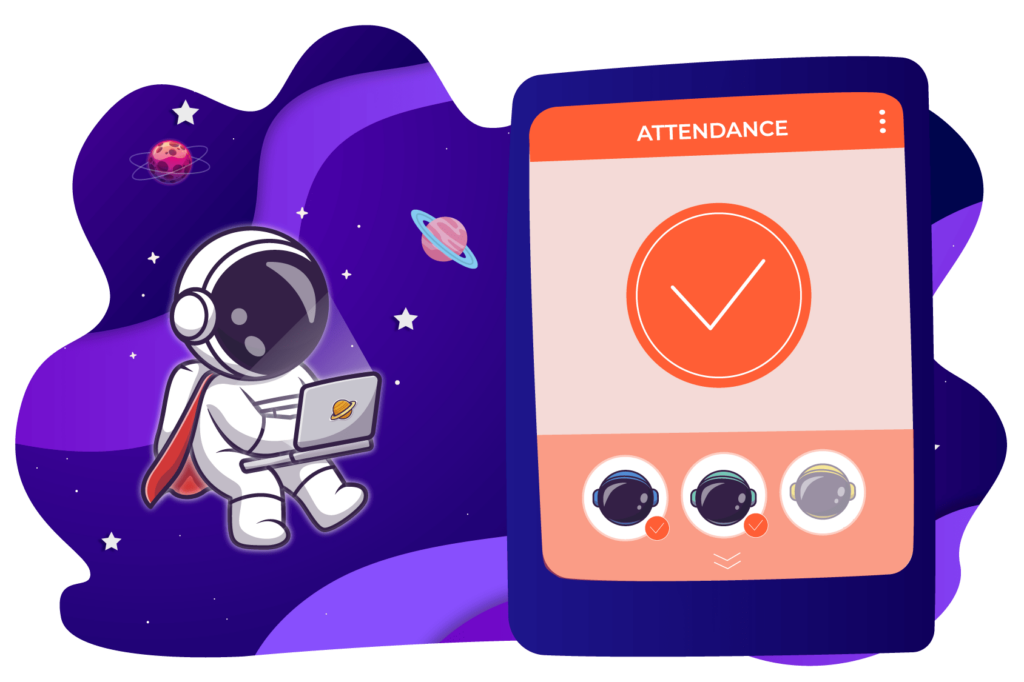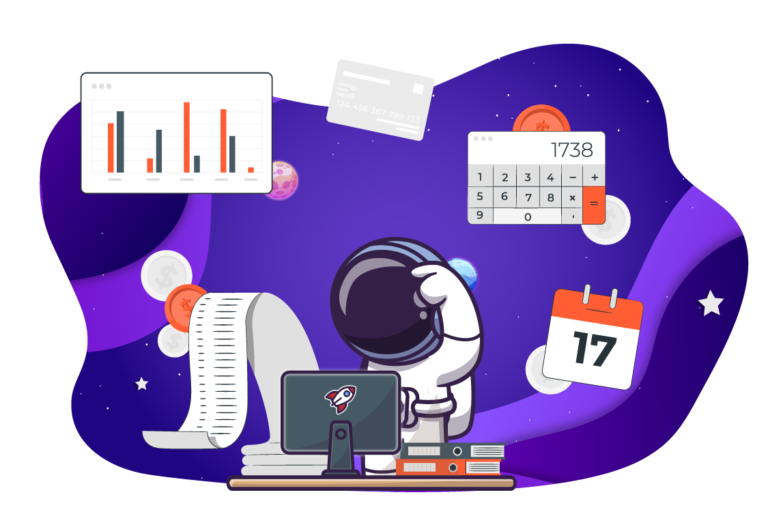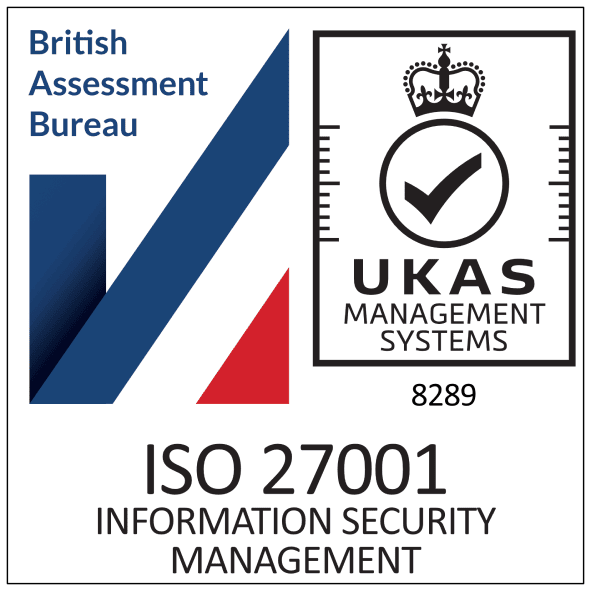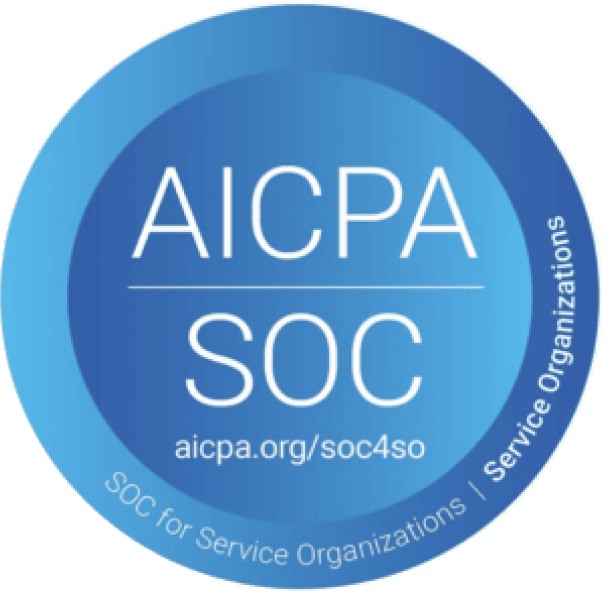As a Sales Development Representative, one of your goals is to ensure that you keep your no-show rate rather low. After all, after a rather stressful and long day of making cold calls, you finally convince your top prospect to book a meeting with you.
You finally set up a call and start waiting for the sales meeting. Finally, the day arrives and you hop on to your online meeting, but the prospect never shows up and you do not hear from them either. No-shows appointments often kill momentum and can be an unfortunate waste for both the sales representative and the business.
While it is impossible to completely avoid no-shows, there are several steps that you can take to reduce them. The following tips will ensure that not only are your prospects excited to show up to your meetings but also excited to join them:
Tips to ensure your prospects show up to your meetings
Don’t schedule meetings longer than 14 days
A good rule of thumb that will ensure that your no-show rate is kept at a minimum is to avoid scheduling anything more than 14 days out. A longer period than this can often lead to the prospect losing interest in the meeting.
Keep the conversations flowing with your prospect and book meetings as soon as possible to get maximised chances for conversion.
Go after your clients till they accept the invite
Ever sent an invite only for the prospect to never accept it? Setting up a virtual meeting which is not solidified in the prospects’ calendar will inevitably lead to a no-show appointment.
As soon as someone agrees to set up a meeting, follow up immediately with a calendar invite and make sure that the appointment is actually scheduled. Interestingly, with Lodago, you can circumvent the various spam and junk filters to end up in the prospect’s inbox. The prospect can then book a meeting directly inside their email, which shows your real-time availability in a single click!
Give enough details in the meeting description
Once you schedule an appointment with your prospect, the next task is often to fill out the rest of the meeting details.
Meeting descriptions should be as personal as possible, such that the prospect can recall the conversation they had with you earlier immediately. Did they mention a specific problem or talk about a current process? Use this information to show that this meeting will actually provide value.
Summarise what they told you on the cold-call, reiterate their problems and also put emphasis on what you plan to talk about in the meeting and your possible solutions for their pain points. Talking generally about the services and features of your product might not be as effective as actually addressing specific concerns.
Send a pre-affirmation email after your conversation and on the day of the meeting
There are typically two types of buyer personas who will no-show:
- Prospects who are no longer involved in the sales cycle and are not upfront about it
- People who are actually involved, but have a lot on their plate to deal with
Both of these personas can be handled, minimising the pressure on your resources that results from no-shows.
While a meeting invite is good enough, it is even better to send a personalised message with a summary of the conversation, highlighting the main points to be discussed in the meeting. A clear and concise summary about all the main points along with genuine gratitude for their time goes a long way.
On the day of the meeting, send another email in the same thread and let them know how you are looking forward to the meeting. The main idea is to keep the conversation at the top of the prospects’ minds and re-emphasizing the main pain points and their subsequent solutions to be discussed in the meeting.
Even after booking a meeting with terrific content to discuss, your fight to actually bring the prospect to the meeting is far from over. Priorities can often shift as it is unlikely that your prospect is only conversing with you. He/She is likely having meetings with other companies and also with their internal stakeholders and as such, much can change between the day the meeting is booked and the actual date of the meeting.
It is precisely for this reason why pre-meeting confirmation emails are so effective as they help you either gather important insights in order to make the meeting more productive.
It also helps in preventing no-show appointments by reminding the prospect of the impending meeting, and their response can serve as a confirmation of them actually showing up in the meeting.
If you do not get a reply to these friendly reminders, it is likely that you have been ghosted and you might consider cancelling the meeting altogether so you get your valuable time back and use it to book meetings with other prospects having a genuine interest in your product or services.
Avoid giving away too much information cold-call
In email prospecting and cold-calling alike, while it’s critical to answer some specific queries of the prospects, it is equally important to not give out too much information. The cold-call or prospecting emails serve as a movie trailer and might very well contain some exciting highlights, leaving people more interested in the actual movie. It is the same for connecting with your prospects. Talk about your key features and leave them excited for the actual meeting or demo where you actually provide the direct solution to their problems.
Book your meetings with a purpose
A lot of time, the manner in which a meeting is booked can tell you whether it will be a no-show appointment or not. It is not useful to schedule updates or check-in calls often with your prospects as this can result in your prospects blowing you off amidst their busy schedule. Being explicit about why the meeting is important is better, as it gives your prospects some clear reasons to show up in the meeting.
Here’s one way you can phrase the follow-up meeting request to ensure that the other party shows up:
“In order to make an informed decision, it is typically important to compare all existing solutions. Do you think it is something which will be beneficial for you? If so, what times work for you this week?”
Instead of just asking for an update, you have given your prospect an agenda or an incentive for joining your meeting. This is much more likely to evoke a response.
Before proposing a meeting with a prospect, ask yourself that if you were a busy person with a tight calendar, and just saw a meeting with a salesperson you barely met on your calendar, would you even show up?
If the answer is no, rethink the reason you are requesting a meeting in the first place. Quality matters over quantity, and it is better to have a series of meetings lined up where there is mutual interest, instead of a long queue of meaningless appointments.
In case of a no-show, implement a thorough follow-up process
Even with the most perfect preparation, no-shows can rarely be completely eliminated from a salesperson’s life. How you respond to no shows therefore becomes equally important.
While your immediate emotional reaction might be to leave it altogether, it is worth considering if you have been ghosted by a prospect who has been long checked out from the process, or a prospect with a busy calendar who might have had genuine reasons to not show up.
One of the best ways to deal with these situations is to personalise emails to reschedule meetings with the prospect.
The following email can be a good example:
“Hi <<first name>>,
I waited for quite some time today online before ending the appointment, as I did not hear from you. Don’t worry about it, I know that things can get quite busy around this time of the year. Let’s find a new time to meet ? You can see my availability here: <<insert link to your Lodago calendar>>”
Conclusion
While no-shows are, unfortunately, an inevitable part of sales, with the correct techniques it is possible to reduce them as much as possible. It is important to understand, however, how they fit in the current process and inform the prospects on potential value addition. Correct implementation can well keep your no-show rates constricted to the minimum.








